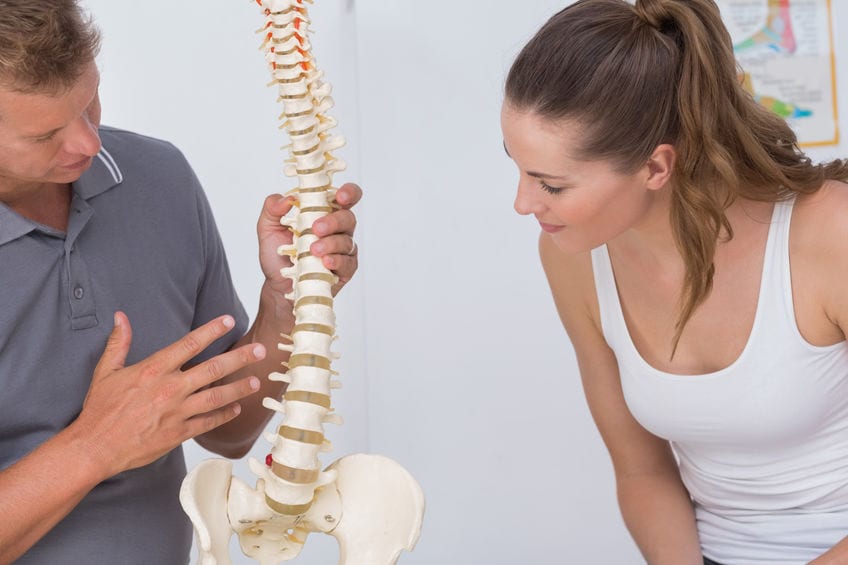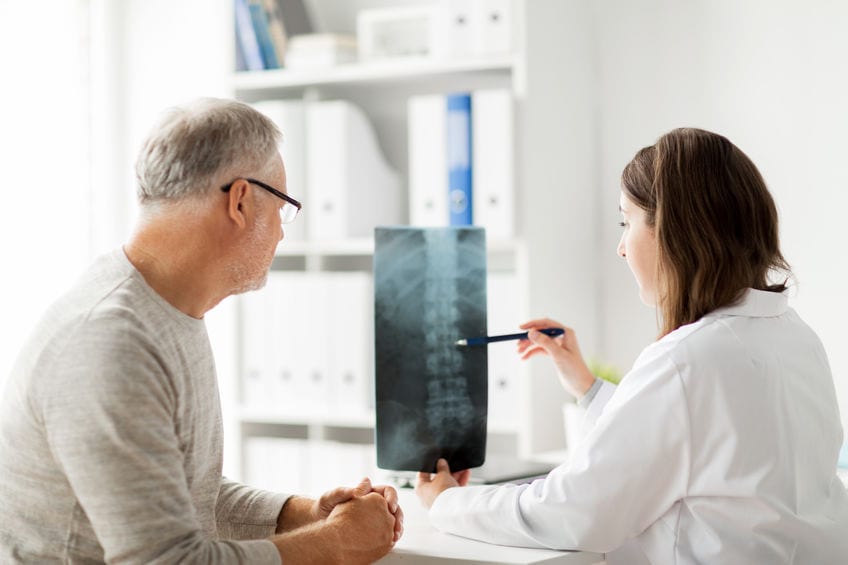Sciatica vs Spinal Stenosis: What Is The Difference?
Reading Time: 2 minutesSciatica can be a symptom of spinal stenosis. Both conditions occur when the vertebrae compress one or more of the spinal nerves, causing pain to spread mostly from the back to the legs. Sciatic pain involves the lower extremities, while spinal stenosis can affect the arms as well. Treatment options are similar and include pain medication, physical therapy, and surgery.
What is sciatica?
Sciatica is back pain caused by or associated with the sciatic nerve. The sciatic nerve runs from the lower back down the back of each leg. Pain caused by pressure on the nerve can affect the lower back, pelvic area, hips, and legs. Symptoms are often isolated to one leg and include muscle weakness, tingling sensations, and numbness. Sciatic pain is often sudden and can last for weeks at a time. Most cases of back pain are associated with over-exercise, heavy lifting, or general straining of the back muscles. Sciatic pain will travel from the lower back down into the leg and foot. This condition is common in pregnant women and individuals with herniated discs.
What is spinal stenosis?
Spinal stenosis refers to a narrowing of the spinal column. As the column begins to narrow, the vertebrae will compress the spinal nerve. Symptoms include pain, weakness, and numbness. Spinal stenosis is often gradual and can cause leg pain. More extreme cases can affect bowel and bladder function. Spinal stenosis is degenerative and typically affects individuals age 60 and older. Herniated discs, spinal injuries, and genetic conditions can also cause spinal stenosis.
What is the connection?
Spinal stenosis and sciatica both involve the spinal column, vertebrae, and nerves. When the space between the vertebrae narrows, also called stenosis, the vertebrae can put pressure on the sciatic nerve causing pain and numbness down one leg, also called sciatica. Sciatica is a symptom of spinal stenosis, but not all individuals with spinal stenosis will suffer from sciatica.
What are the treatment options?
Treatment will depend on the severity of the conditions. Mild stenosis and sciatica can be treated with physical therapy and pain medication. More severe cases of stenosis and sciatica may require surgery. Most sciatica will resolve naturally. Steroid injections at the recommendation of a spine specialist can help relieve pain and inflammation. Left untreated, symptoms such as muscle weakness and discomfort can worsen.
Sciatica and spinal stenosis
When the spine becomes compressed, the vertebrae push on the spinal nerves, causing pain and numbness. Treatment methods for sciatica and spinal stenosis are similar and include physical therapy, pain medication, and sometimes surgery. Speak with a spine specialist to learn more.










